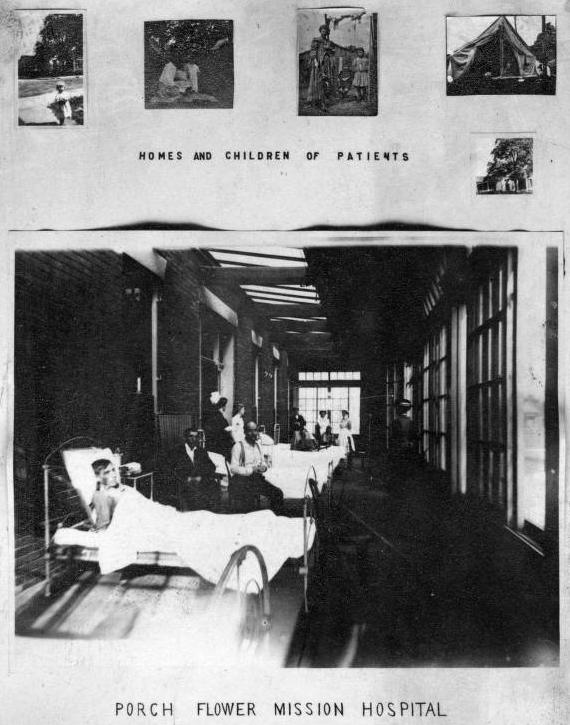The Indianapolis Board of Health began publishing annual health statistics, including statistics on death and disease, in the 1890s. Such statistics were not regularly collected before then, but frequent epidemics of malaria, cholera, and typhoid fever were described in public accounts, sometimes inconsistently. For example, an epidemic (possibly malaria) in the summer of 1821 was reported by Dr. , the city’s first physician, as claiming 72 lives in one account, but only 25 lives in his second account.
Official health statistics for the past century reflect the progress made in achieving standards as well as advances in medicine. Successful efforts to provide a clean water supply, promote the use of vaccinations, and develop new medications correlate with a gradual decrease in the incidence of many contagious diseases such as tuberculosis. Corresponding with this decrease in deaths from contagious diseases and a gradual aging of the population, chronic illnesses such as heart disease and cancer have become the leading causes of death.

In 1891, the three leading causes of death in Indianapolis were tuberculosis, diseases of the circulatory system, and stomach and intestinal diseases, together accounting for 596, or 28 percent, of the 2,128 deaths. Diphtheria and typhoid fever, two common contagious diseases related to poor sanitation, caused 183 deaths, or nearly 9 percent of the total. There were 1,180 cases of measles recorded in 1891, resulting in 9 deaths.
In 1939, approximately 50 years later, the top three causes of death had been heart disease, stroke, and cancer, accounting for 2,372 or almost 44 percent of the 5,418 deaths. By comparison, diphtheria and typhoid fever together accounted for only 14 deaths and measles for only one death in 1939. Tuberculosis still accounted for 215, or 4 percent, of all deaths in 1939. By the 1950s, tuberculosis was no longer a leading cause of death, although 239 cases were recorded in 1953.
In 1990, the three leading causes of death in Marion County remained heart disease, cancer, and stroke, accounting for 4,518, or 62 percent, of the 6,656 deaths. By contrast with 1891, only one case of measles and 70 cases of tuberculosis were recorded in 1989.
*Note: This entry is from the original print edition of the Encyclopedia of Indianapolis (1994). We are currently seeking an individual with knowledge of this topic to update this entry.

Help improve this entry
Contribute information, offer corrections, suggest images.
You can also recommend new entries related to this topic.